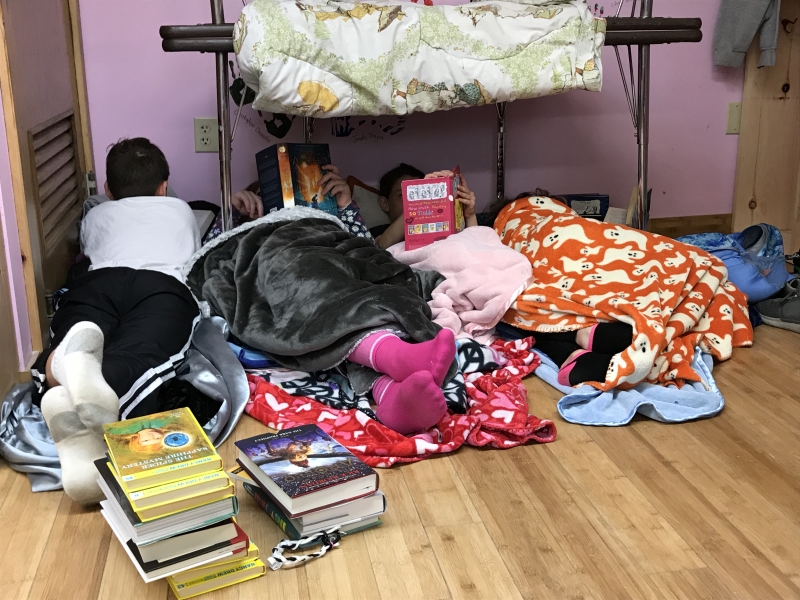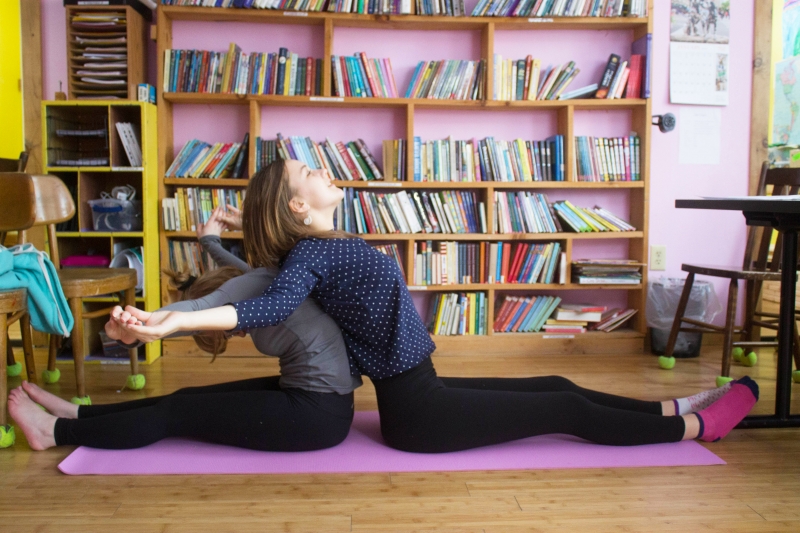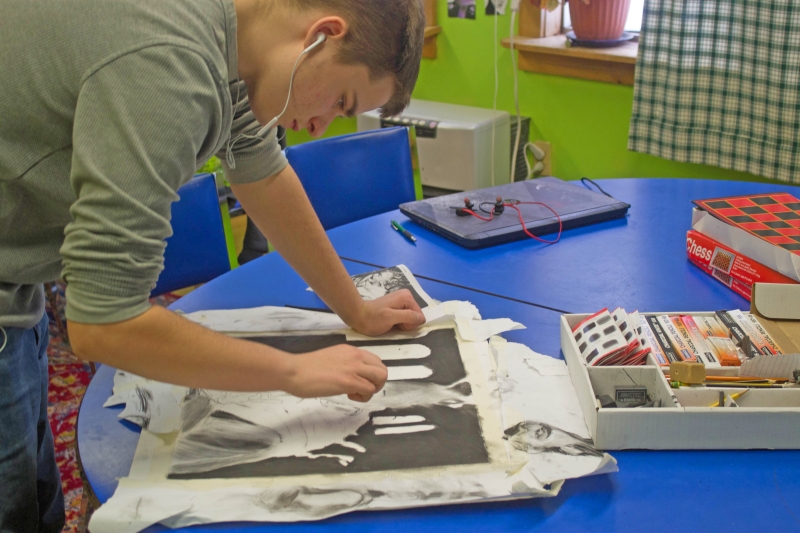Academics
Philosophy
Children are given the opportunity to embark on their quest for knowledge and understanding at their own pace. We provide many resources for this journey, including experience, support, encouragement, a variety of hands-on learning materials and opportunities for field trips. With a student-teacher ratio of 8:1, we create the “one-room school house” model where students of all ages work together in the same class.
Children are encouraged to understand and relate to the changing world around them. Given the opportunity, the students develop self-reliance and confidence, enabling them to make decisions and to take responsibility for the results of their actions. We nurture continued self-motivation rather than dependence on external motivation.
Little River students are encouraged to help one another and learn through cooperation.
The school is committed to values that are nonviolent and nondiscriminatory regarding race, gender, sexual orientation, age and handicapping condition.
By maintaining close ties with people in the community, the activities of the school become relevant in everyday life. All school activities take place in a loving environment that nurtures self-confidence and mutual respect.
Accreditation
The school is chartered by the New York State Board of Regents and is an IRS 501 c (3), non-profit, tax deductible, charitable organization.
The Board of Regents gave full approval to 'Register' Little River's high school program.
Little River Community School is a member of the Northeast Association Democratic Education Conference (NADEC).
Little River is authorized under Federal law to enroll nonimmigrant students.
Curriculum
Individualized curricula are created together by the student, parents, and teachers. Special emphasis is put on the academics, emotional needs, problem-solving skills, hands-on experience and field trips. Basic skills, such as math, reading, and writing, are taught in small classes of four to eight students or on an individual basis. Students are grouped by their ability and interests, rather than by grade level.
On a daily basis, the students come together in a group circle for discussion, to make plans and to solve problems.
Students are given ample opportunity for unstructured play and to choose their own activities - be it fantasy or a project of their own design.
The students work on many activities as a group. Special classes are available to the students including farming, cooking, Spanish, music, art, nature studies, woodworking, computer literacy, theater, yoga, cooperative learning games, and others as determined by student interest and skills found among the parents, teachers, and community.
There are field trips in the local community and overnight trips to places in our region. We visit people from other cultures in places like Akwesasne, Ottawa, and Puerto Rico. Annually, we attend alternative school gatherings, including the Northeast Association Democratic Education Conference (NADEC), held at different schools across the country.
Students have an opportunity to do community service, such as assisting an elderly neighbor or serving food at the Campus Kitchen dinners.
High School
Little River’s High School program provides a variety of options for students to make choices and work at their own pace, in their own way. Students are prepared to be life-long learners, solve problems and nurture their own inner voice. Students can do their work on or off campus, take college classes (including free classes at St. Lawrence University), and do internships. Our small classes are alternative in form and content. Student curriculums are individualized and the requirements are flexible enough to meet the student’s needs. The teachers are supportive and nurturing.
The school works best for students who are awed and energized by the opportunities of the most alternative high school in the North Country and will use those opportunities.
Priorities
- Responsibility for one’s own learning
- Open-ended program that adapts to the changing needs of the students
- Family participation
- Strong student participation into form, content, and process of his/her education
- Development and use of communication skills
- Social awareness and connections with other students at the school and the larger community
- Solid academic skills
- Problem-solving skills
- Trust in students; trust in teachers
- Take part in a caring and nurturing environment
- Starting where the student is at academically, socially, and emotionally.
- Understanding that these priorities can create positive change in the world beyond high school.
Who is this program for?
- If you find some of these items to be true for you, then this may be the program you are looking for.
- High school age students that want to design their own program
- Students of diverse interests and abilities
- Students with or seeking a clear sense of purpose
- Students concerned about peace and justice
- Students who thrive in a small group environment
- Dreamers
- Students who want to change the world
- Students who are looking to prepare themselves for college, apprenticeships, or life
- Students who may not have fit into the traditional school structure because they were different
- Students who live in families with alternative lifestyles or values
- Students who want to be in a mixed age setting
- Students who are looking for mentors or guidance
- Creative students
- Students who are willing to try a variety of activities
- Students who thrive on a hands-on approach
- Students who are honest with themselves and others
- Students who are willing to explore themselves
- Students who work best at their own pace
- Students who are seeking a holistic approach to education and life
- Students who work cooperatively in a group
- Students who work independently
The Basics
- Grades 9-12, ages 14-19
- Up to 8 full-time equivalent students
- Classes and overall approach tailored to the individual needs, interests and goals of each student.
- Students have a say in forming their curriculum and the day-to-day school activities.
- Non-Regents program
- 22 credits needed to graduate
- Internships
- Community Service
- Opportunity for college classes
- Equip students for college or work, lifelong learning, and problem-solving





